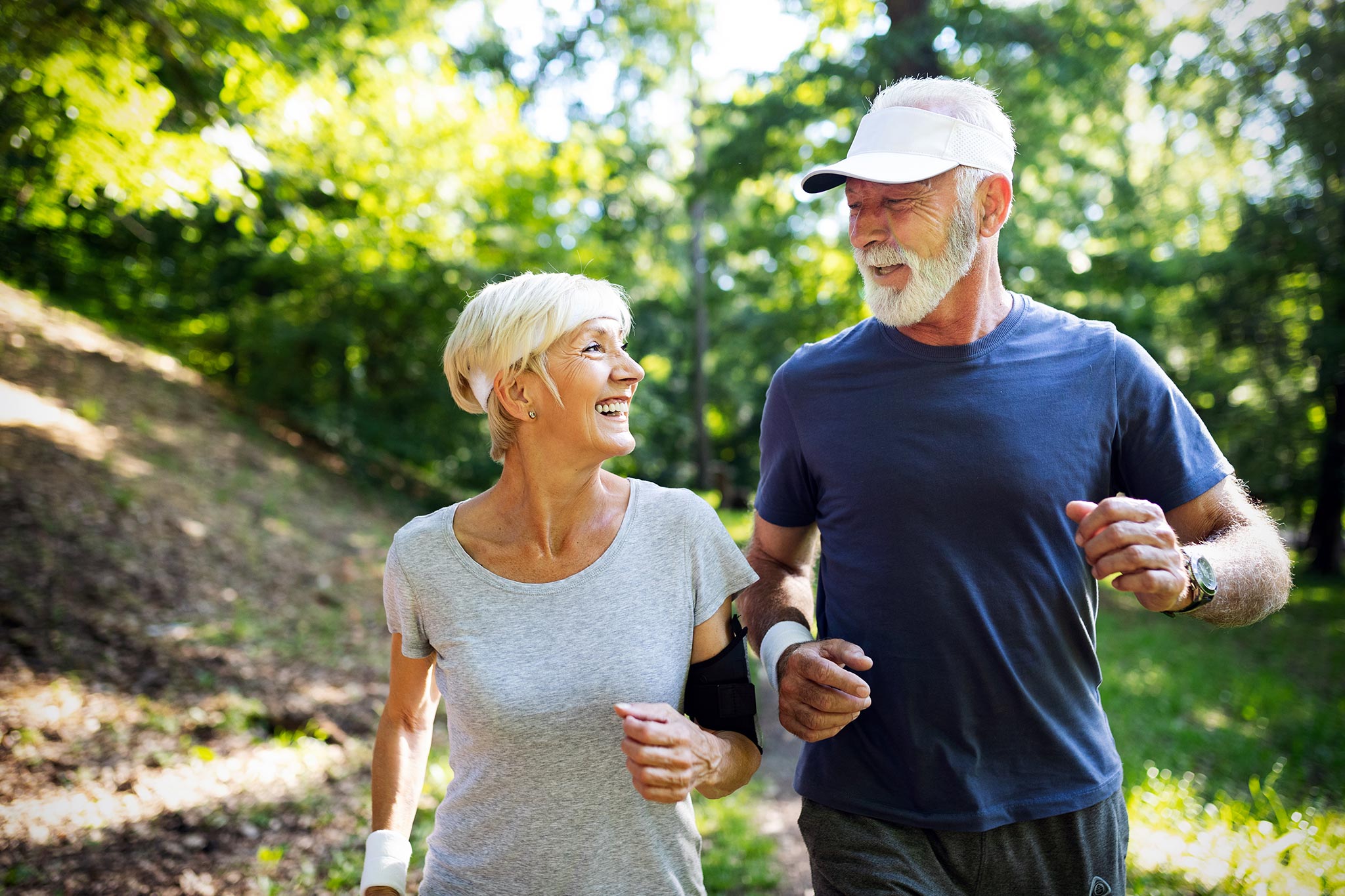
Why Exercise is the Key to Healthy Ageing
Have you heard about the mystical Chinese art of Qigong? If you have, I still believe that Qigong may remain something of a mystery to
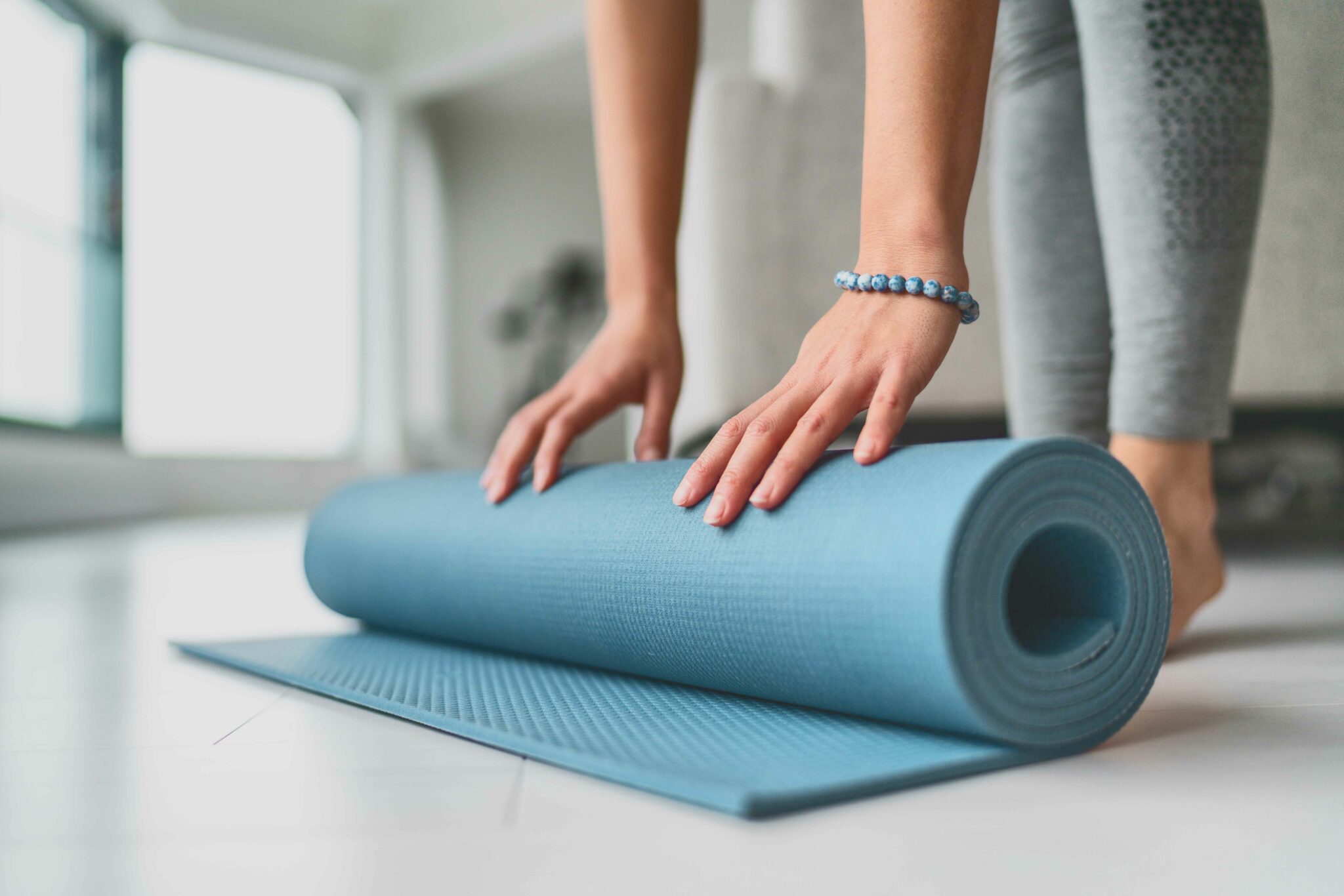
Movement is medicine.
You’ve heard that at least once before?
Ok, maybe not.
But it’s something we say more and more, and with good reason.
Movement, or exercise is great for your health, both physical and mental. And there is an increasing body of evidence to support the benefits of exercise for your mental health.
These benefits have been highlighted by the world we have been living through over the past 2 years. Lockdowns. Business closures. Working and learning from home. Zoom meetings.
While things are slowly crawling back to ‘normal’, the pandemic has left an impact on our mental health, and we are seeing this first hand in the clinic.
A recent study by Butterworth and colleagues concluded that all of our mental health has been affected in some way since 2020.
How so, you would ask?
All of this would lead to an increase in stress and poor mental health and well-being.
Sadly, for most of us, we do not always have effective ways of reducing stress, especially ongoing or chronic stress.
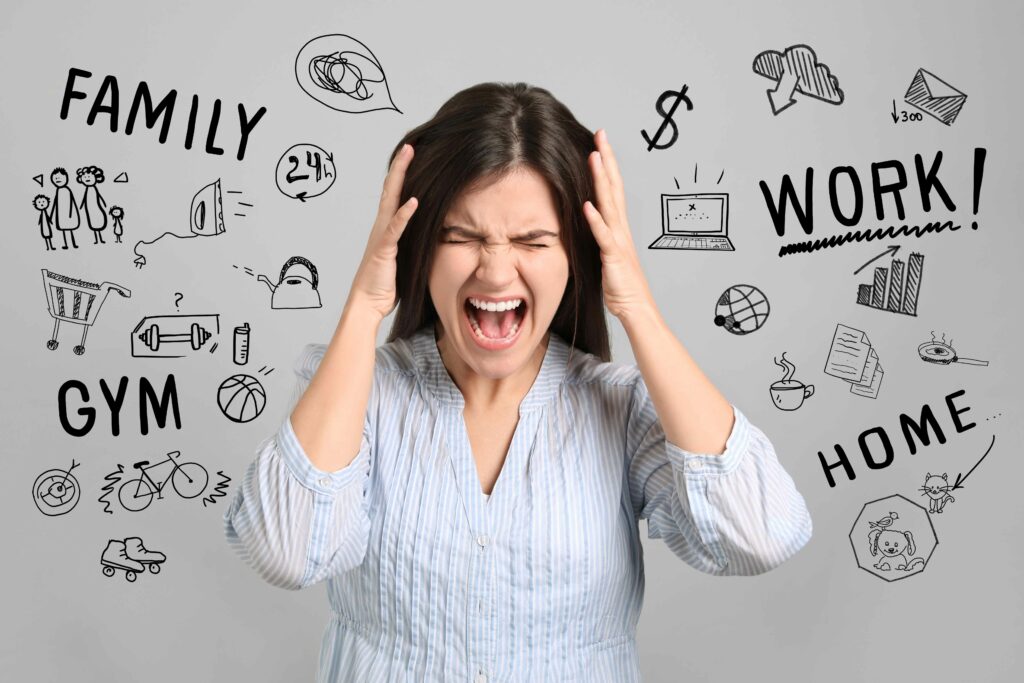
Back when we lived in the wild or in caves, stress came primarily from physical threats like dangerous animals or natural disasters.
The part of our nervous system that is triggered during stress is called the sympathetic nervous system, known for the “fight or flight” response. Its counterpart is the parasympathetic nervous system which is for rest and relaxation.
Here are some effects when either system is active:
Basically, in stress our sympathetic nervous system prepares our body for “fight or flight” or any real or perceived danger by stimulating our breathing and blood flow to muscles.
Once (or if) we escape from danger and are no longer stressed, our parasympathetic nervous system returns and stimulates the digestive organs. This allows your body to prioritise what functions should be dominant during stressful or non-stressful situations.
But what would happen if our nervous system is constantly in a stressed state?

Two years on and counting and many of us still experience regular stress in some form. Whether it be going back into the office, getting used to taking public transport again, socialising with friends at gatherings and parties or motivating ourselves to get up and move regularly – going to the gym or what used to be our favourite exercise class.
Prolonged stress means our sympathetic nervous system doesn’t switch off (at least as easily). This can lead to:
Over a long period of time, it would not be good for our physical and mental health.
These effects can lead to:


Stress makes our body tense up as an automatic response to “brace” for danger. Being in this state all the time means we are placing additional strain on our joints and muscles, resulting in aches and pains in our body.
Tension in your thorax also means your ribcage cannot expand fully, thereby affecting your breathing pattern. How does this make you feel? You guessed it: More stressed and more agitated.
As your thorax is a key site of muscle attachments, tension via bracing can impact how other parts of the body move and feel.

Stress causes you to develop a tunnel-vision approach on dealing with the source of stress: Fight it or flee from it.
This means our brain functions are limited to prevent overthinking and over-analysing in the face of danger (or stress). This affects our attention span, working memory and decision-making skills, making us more irritable and feeding into our stress.
This ultimately affects sleep, productivity and self-perception, leading to poorer mental well-being.
Needless to say, this has repercussions on our physical health too, potentially leading to a reduced ability to exercise.

Globally, there has been an increased usage of mental health services since 2020. Mental health services even had to use telehealth consults to cope with increased demands.
Being in prolonged states of poor physical and mental health (with poor coping strategies) can potentially lead to:
Unfortunately, these conditions can strain interpersonal relationships with loved ones and friends, which can cause issues with isolation, stigmatisation and withdrawal.
Earlier, we talked about how physical tension in the spine can overstimulate the sympathetic nervous system. Naturally, that would further feed into the stress response and exacerbate these mental health issues too.
This further highlights the need for us to be able to effectively manage stress for physical and mental well-being.
Luckily for us, there is an excellent form of stress management.
Exercise.
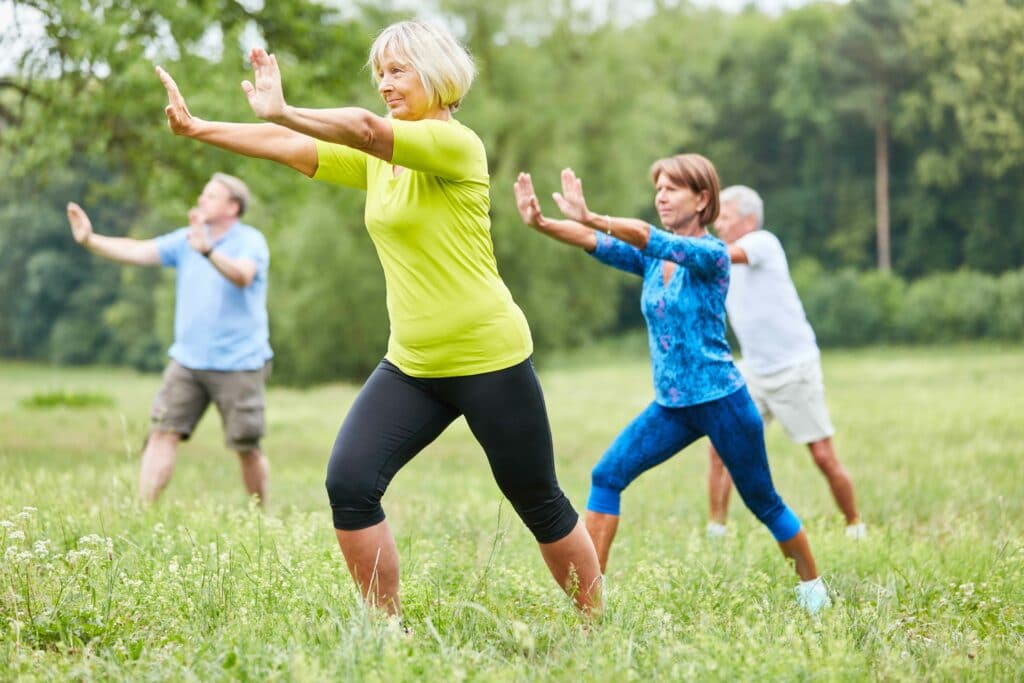
Robert Butler, the former director of the National Institute on Aging in the American College of Sports Medicine famously stated:
“If exercise could be packaged in a pill, it would be the single most widely prescribed and beneficial medicine in the nation.”
Benefits of exercise include:
This would explain why a recent study in Australia showed that restrictions to sports and physical activity in mid-2020 resulted in reduced general and mental health.
Thankfully, our beloved gyms, clubs and studios are no up and running with no restrictions. Naturally, some of us were eager to return to our exercise regimes while some of us took the opportunity to try new types of exercises.
Now, how do you choose the right type of exercise for you?
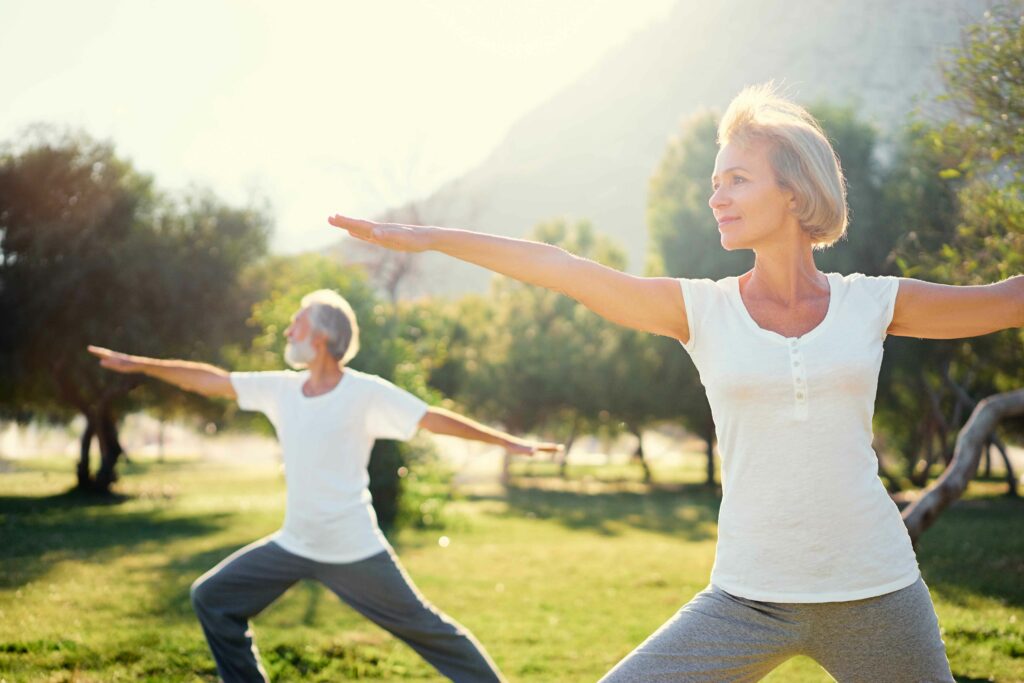
There are many benefits of how exercise is good for your health as mentioned above.
Exercise can vary in intensity, pace, and setting. While all forms of exercise can improve physical health, not everyone will enjoy the same type(s) of exercise.
Some of us love exercise like high-intensity circuit training sessions, team sports and large gym exercise classes with upbeat background music.
However, some of us may prefer other forms of exercise.
Things like Yoga. Pilates. Qigong. Tai Chi.
Gym classes, strength training circuit training are excellent ways to keep fit.
I practise Yang-Style Taichi and Chinese martial arts even though The more relaxed pace of training in class helps me better manage my stress while I practise the form and do hundreds of punches and kicks in pad work.
If we feel forced or unhappy doing a certain type of exercise, it would feel more like a punishment than a workout.
That would not be helpful if we want to reduce stress.
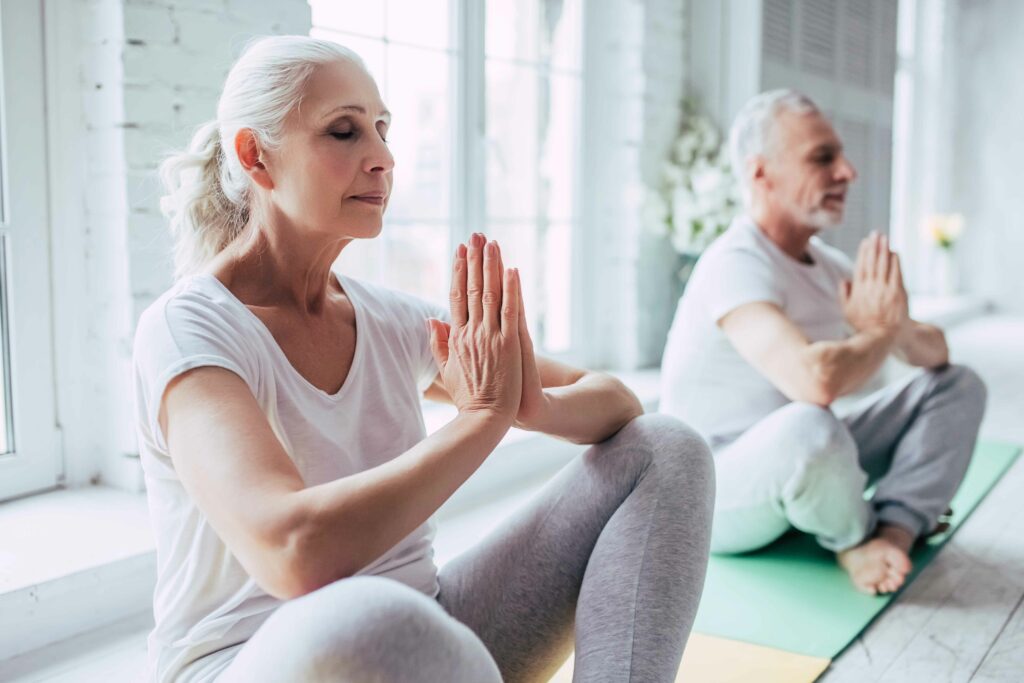
I hope that this article has highlighted the effects of stress on our mind and body as well as how exercise can improve physical and mental health.
We are all unique physically and mentally, so choosing the right exercise type for our body and mind is very important.
This is especially important if you are new to exercise to start with a smaller and less-intensive class so you can experience the benefits of exercising while feeling better physically, mentally and emotionally after the session!
Where can you find such a class, you say?
Well, look no further.
Introducing our new REFRESH exercise class: A 6-person class that uses Clinical Pilates, Therapeutic Yoga and Tai Chi to teach you how to stretch, move and flow into a more relaxed, active and happier you!
Sounds good? Why not book a session here right now?
References
Eime, R., Harvey, J., Charity, M., Elliott, S., Drummond, M., Pankowiak, A., & Westerbeek, H. (2022). The impact of COVID-19 restrictions on perceived health and wellbeing of adult Australian sport and physical activity participants. BMC Public Health, 22(1), 1-14.

Have you heard about the mystical Chinese art of Qigong? If you have, I still believe that Qigong may remain something of a mystery to
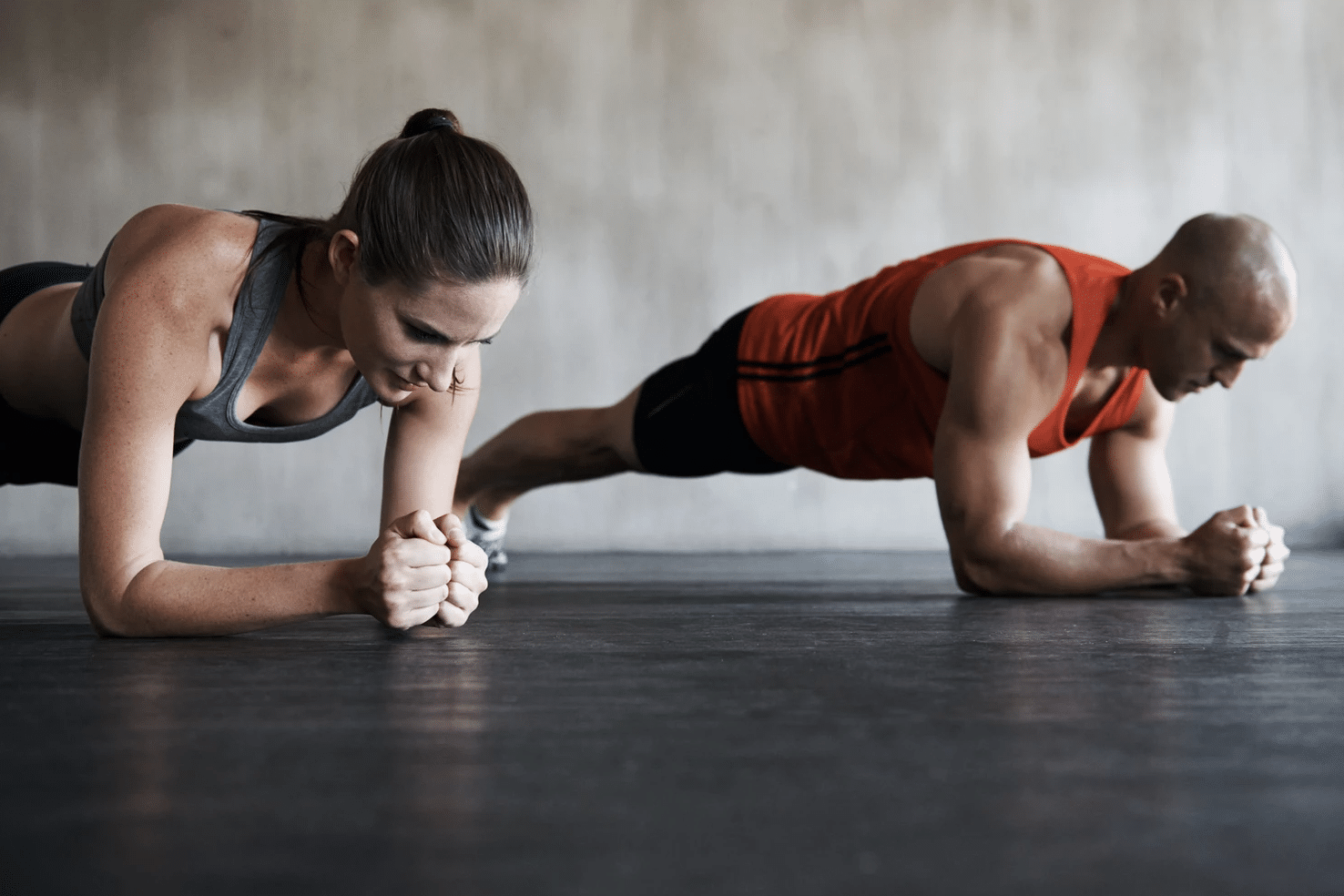
Have you heard about the mystical Chinese art of Qigong? If you have, I still believe that Qigong may remain something of a mystery to

Have you heard about the mystical Chinese art of Qigong? If you have, I still believe that Qigong may remain something of a mystery to